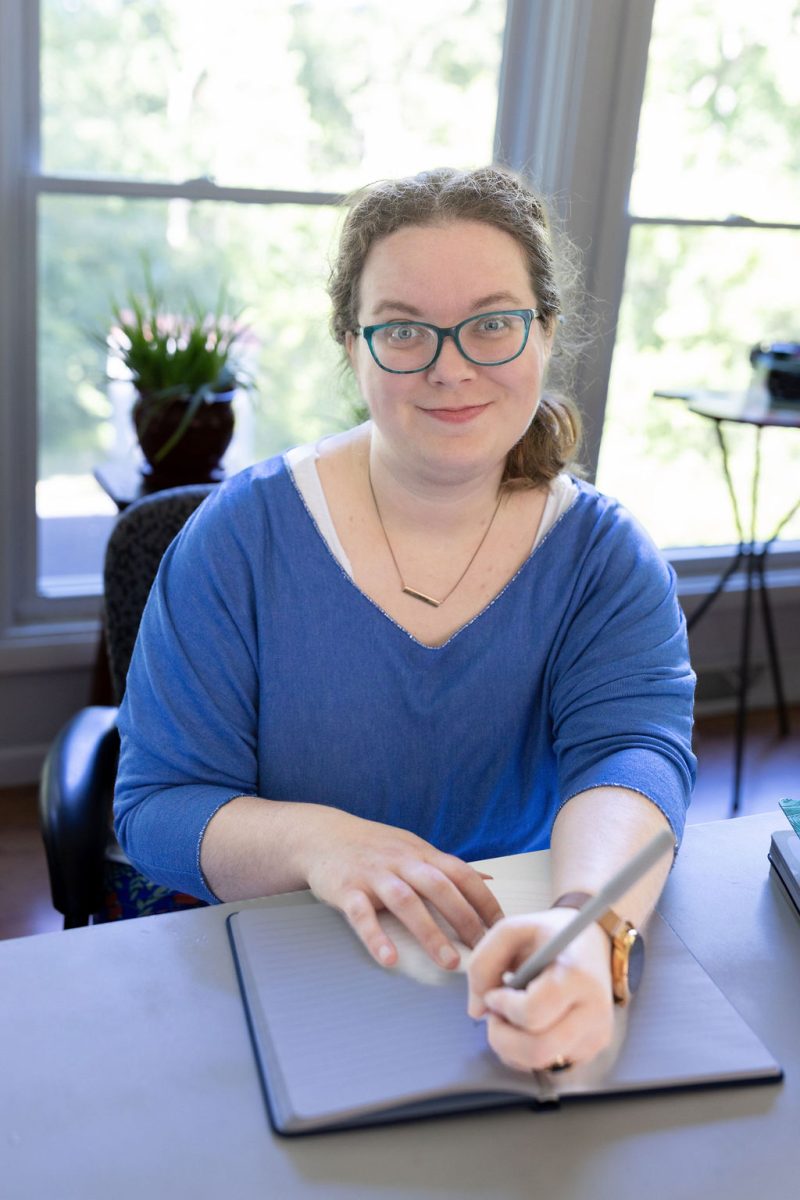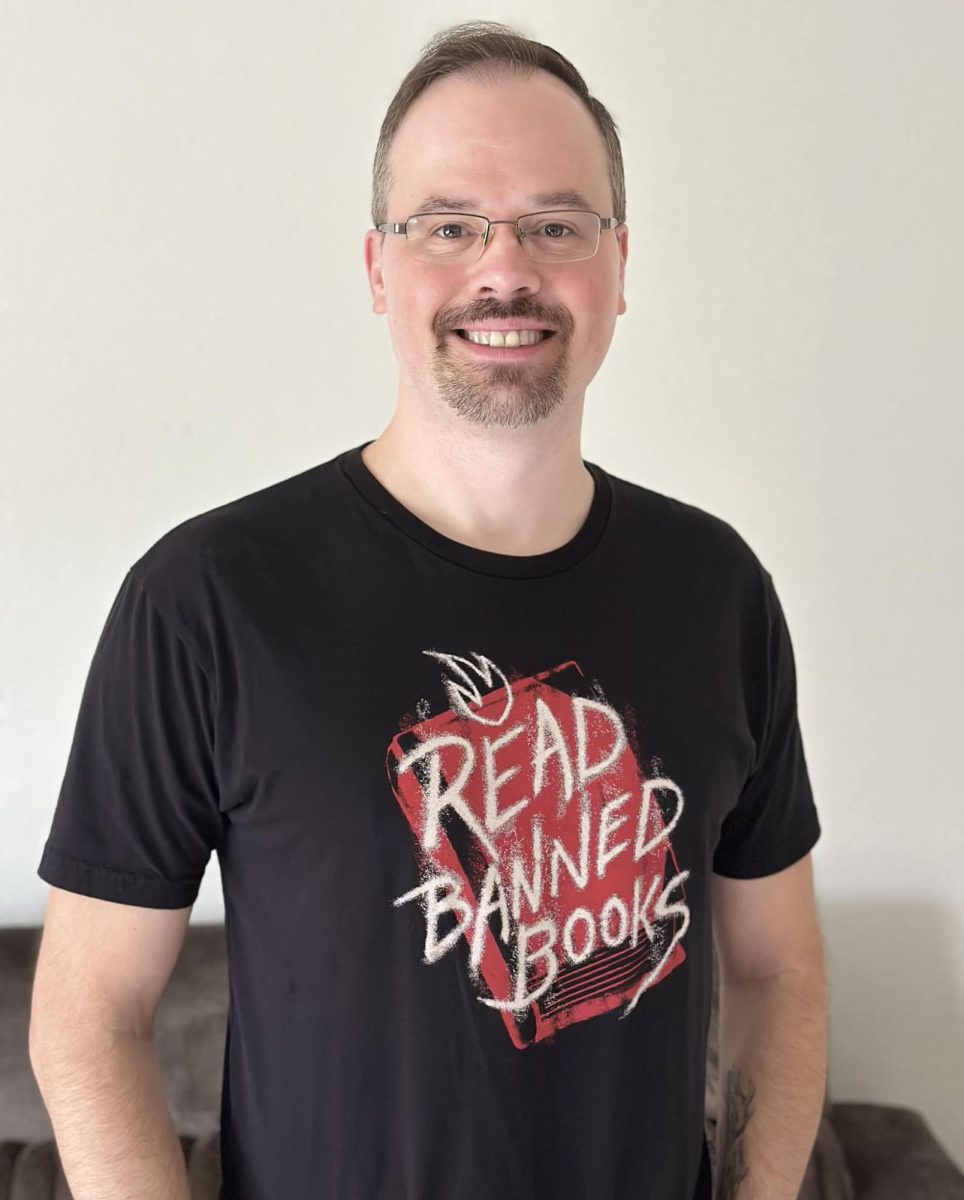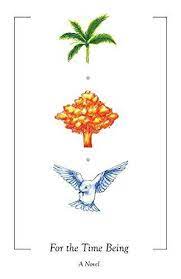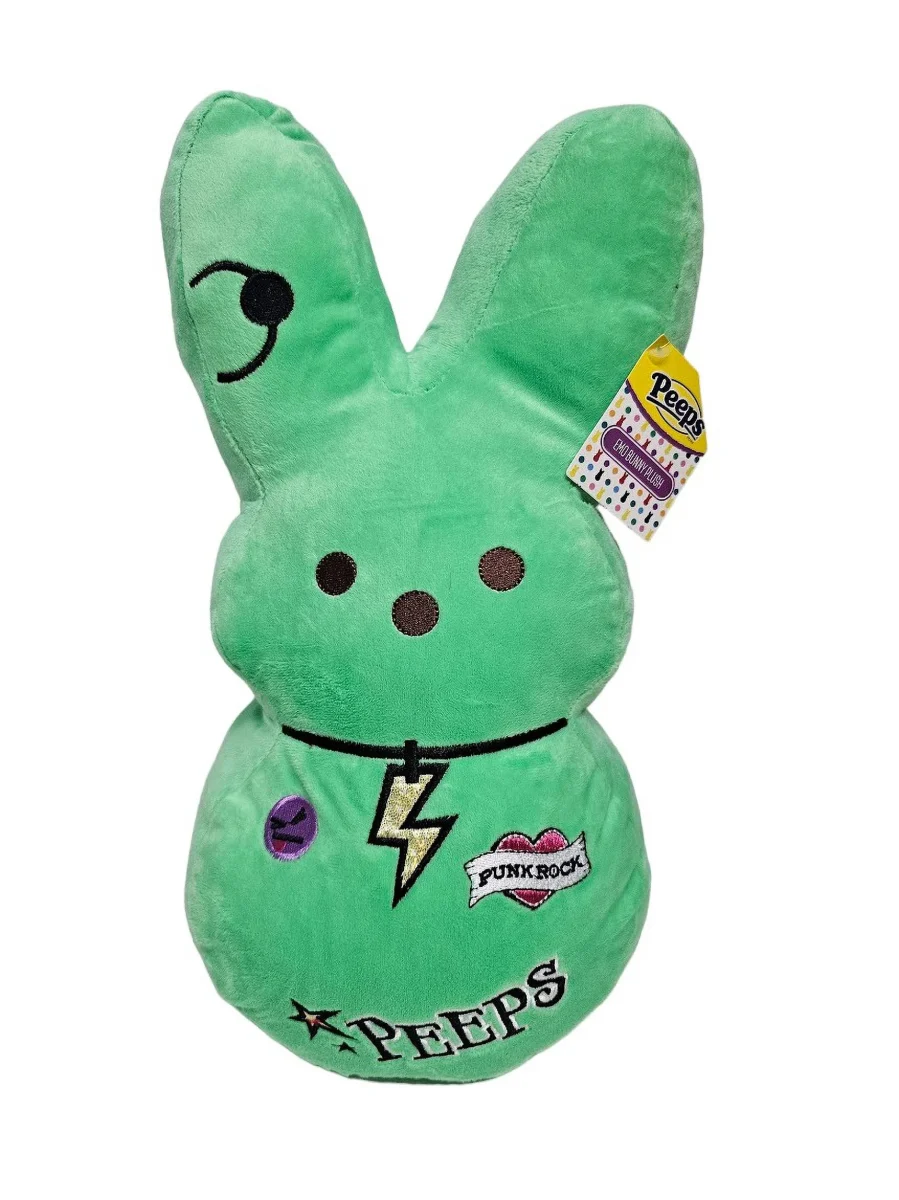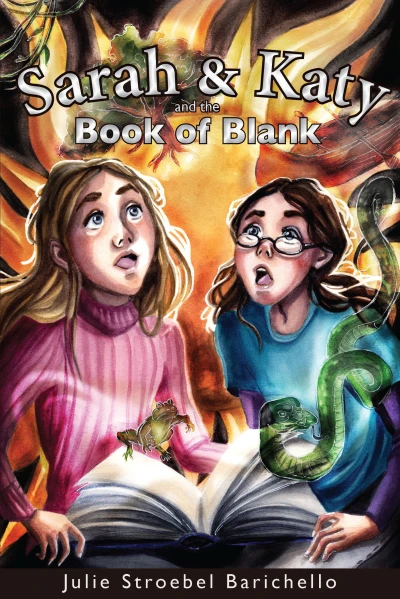 Interview Questions for Julie Stroebel Barichello:
Interview Questions for Julie Stroebel Barichello:
1. During your time after graduating from Eureka College, has your writing style stayed the same or has it changed? How has it changed or how has it stayed the same?
My writing style continuously evolves. Creative writing classes at Eureka College laid the foundation of my writing career, and I’ve continued to build upon that in the years post-graduation.
One of the most significant changes in my fiction writing is the genres in which I write. During college, I focused on literary fiction and dreamed of one day winning the Pulitzer Prize for Fiction. My subject matter was serious – the novel I worked on throughout college centralized around a clash between union and non-union tradeworkers in a small community. Eventually I realized I wasn’t finding much joy or satisfaction in the project, and I shifted back to the genres I loved reading in my youth: portal fantasy, magical realism, adventure.
2. How has your time at Eureka College influenced you and the work you currently have published?
One of the most important lessons I learned in writing classes at Eureka College is the power of workshopping a manuscript with other writers. Before my books move into the editing or publishing phases, they get workshopped with my writer’s group (which, incidentally, includes a fellow EC alum from the Class of 2009). During the workshopping phase, we tackle big-picture issues in the manuscript such as character development and motivation, plot holes, etc.
3. What appeals to you to write children’s chapter books?
The stories we read as children are so formative – they have a profound influence on our development and lives. Many of the books I read and reread during my childhood – such as Lloyd Alexander’s “Time Cat,” Julie Edwards’ “The Last of the Really Great Whangdoodles” and Katherine Paterson’s “Bridge to Terabithia” – still hold a beloved and nostalgic place in my heart. Those books inspired my imagination and fostered my love of reading. I hope the books I write can do the same for young readers.
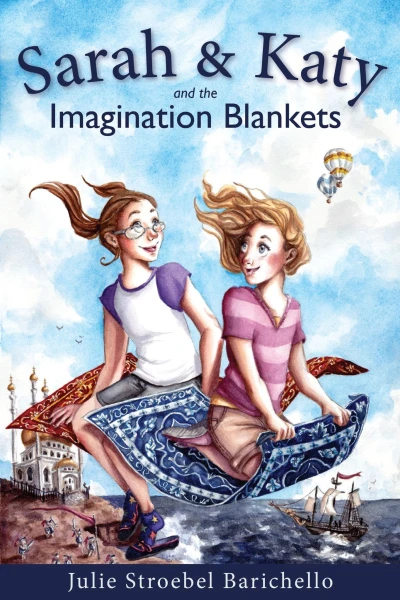 4. With the audience being primarily children, what are the messages and morals you want them to take from these two books?
4. With the audience being primarily children, what are the messages and morals you want them to take from these two books?
The main message of both books is about the boundlessness of imagination. Fun doesn’t have to be fancy or expensive – the simplest objects can transform into extraordinary things with a little imagination. In “Sarah & Katy and the Imagination Blankets,” the sisters go on four adventures by imagining their blankets are different objects, such as the flying carpets or the sails of a pirate ship.
In “Sarah & Katy and the Book of Blank,” I also encourage young readers to use their imaginations to create and write their own stories.
5. As it currently stands, you have two children chapter books currently published. Both of which follow the characters of Sarah and Katy.
a. What was the process of creating Sarah and Katy like for you?
Sarah and Katy are particularly special characters to me because they are inspired by and based upon my nieces, the real-life Sarah and Katy. They were reluctant readers in their early elementary school years, and I wanted to share my love of reading with them. While shopping for books for Sarah’s birthday in 2014, I struggled to find a book she would like. That’s when inspiration struck to write a book for my nieces, starring them as the main characters. I wrote “Imagination Blankets” that year and independently published it for them as a gift for Christmas 2014. The characters are heavily influenced by their living counterparts, and the story incorporates a few elements of their lives – for example, Katy has a toy dragon aptly named Dragon in the book that comes to life when the girls imagine their kingdom of Katarah.
When creating the plot outline, I drew inspiration from my own childhood by recalling simple objects I used to create elaborate imaginary games and worlds, such as blankets or notebooks.
b. What do these characters represent for young audiences?
Sarah and Katy represent average children overcoming boredom through their own ingenuity and imagination. They also show the importance of assessing situations and seeking solutions.
c. What are the roles that these sisters represent in each chapter book?
Sarah is a thinker and a problem-solver. Katy is feisty and imaginative. They work together to create imaginary scenarios and worlds where they can exercise their strengths.
6. What was your inspiration to write about two sisters?
My nieces, Sarah and Katy, inspired the two books. Sarah was in third grade and Katy was in first grade when the first book was published. To help inspire them to read, I wrote a book starring them as the main characters.
7. What is next for Sarah and Katy? Is there more to come for these sisters?
The original mission of the Sarah & Katy books – to inspire a love of reading in my nieces – was accomplished a decade ago. Although I haven’t fully dismissed the idea of writing more Sarah & Katy books someday, my focus is split between two other writing projects. The first is a middle grade novel titled “The Mountain of Dempsey Molehill,” which is about five siblings trying (and failing) to stay out of mischief the year their father runs for mayor. It’s a bit like the Herdmans from “The Best Christmas Pageant Ever” mashed with the Penderwick siblings from “The Penderwicks.” The second project is a fantasy drama for adults about a coven of witches in modern Vermont.
8. Is there any advice that you would give to any aspiring writer who is looking into publishing a novel of their own?
First: Share your writing. It can be hard to take that leap and open yourself up to a writer’s group, but it’s vital to hear feedback. It strengthens early drafts of a novel when you can get feedback about what’s confusing, what’s interesting, when the pacing stumbles, which characters are endearing and which are tedious, etc. I rewrote a character in my current work-in-progress when readers collectively agreed that she came off as harsh and unlikeable when she was intended to be protective and motherly. Their early feedback saved me from bigger revisions down the road.
Second: Everyone needs an editor. Let me repeat that for good measure: Everyone needs an editor. It’s perfectly valid to be upset when an editor tells you part of your story isn’t working, but it’s also important to “kill your darlings,” as they say. When an element of a novel isn’t working – be it a character, a subplot, the original point of view, or something else – it’s worth hearing it from an objective audience and reworking it.
Third: Rewrite, rewrite, rewrite. The first draft will never be the final draft of a novel. Revel in the success of completing a first draft, but be prepared to rework it. It’s all part of the process.
